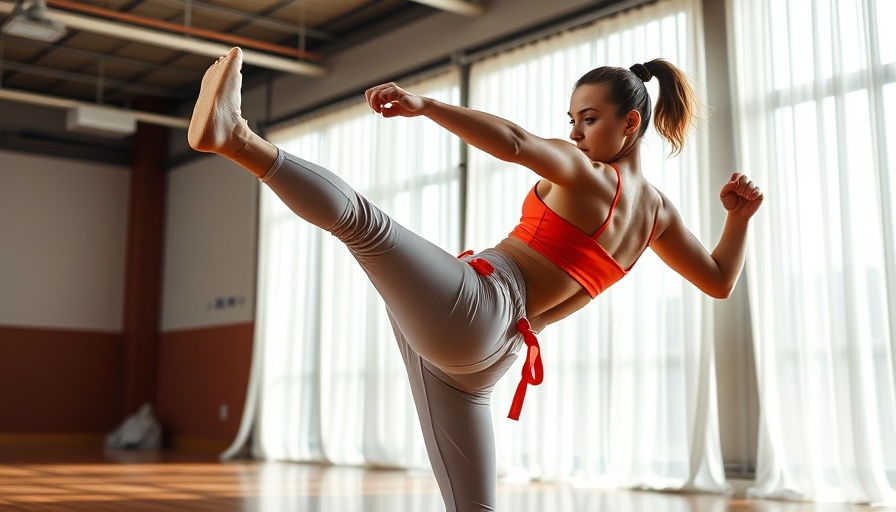
Understanding the Back Kick: Importance for Self-Defense
In today's fast-paced world, personal safety has become a priority for many individuals. The importance of mastering self-defense techniques, such as the back kick, not only fosters physical fitness but also builds confidence and prepares one for unexpected situations. During our daily routines, being aware of our surroundings and knowing how to react can make all the difference. Tasha's breakdown of the back kick in her latest 10-day challenge serves as an excellent reminder of the physical and psychological benefits of such training.
In Form Review: The Back Kick, Tasha offers crucial insights into mastering a self-defense technique, which inspired us to delve deeper into its form and benefits.
Breaking Down the Technique: Key Components
Tasha has provided a detailed form review that emphasizes proper technique when executing the back kick. Let’s break down her instructions and highlight crucial components:
- Weight Distribution: It's essential to distribute weight onto the supportive leg, allowing for better balance and control.
- Knee Positioning: Keeping the supporting knee bent is vital for maintaining stability.
- Hip Hinge: Hinge forward from the hips while lifting your knee toward your chest; this movement helps to build strength and mobility.
- Leg Extension: Extend the leg behind you, ensuring to stand tall in between reps, which contributes to overall body alignment.
These components not only enhance the efficacy of the back kick but also help in preventing injuries. Practicing warm-ups before these techniques is advisable to get the muscles ready to perform.
Protecting Your Face: Essential Precautions
Another intriguing aspect of Tasha's demonstration is the emphasis on protective measures during a kick. Raising your fists towards your jawline is a remarkable tactic. If ever confronted in a real-world scenario, this practice can be a game changer, instilling a sense of security and readiness. It's tempting to focus solely on the kicking action, but the importance of protecting oneself cannot be understated.
The Role of Awareness: An Additional Layer of Defense
Moreover, Tasha discusses how slight torso rotation can enhance both the effectiveness of the kick and situational awareness. The ability to check your surroundings while executing a maneuver increases the chance of identifying potential threats early on. This skill not only allows you to defend yourself but can deter an attacker if they perceive your readiness.
The Fitness Angle: Building Upper Body Strength
Incorporating kickboxing routines into regular workouts has proven to increase overall upper body strength and coordination. The blend of aerobic and strength training movements helps to enhance cardiovascular fitness while sculpting muscles. As members of the SDA faith community often advocate for a healthy lifestyle, incorporating actions like the back kick into fitness routines aligns well with promoting physical and spiritual well-being.
Conclusion: Empowerment Through Training
As Tasha concludes her form review, it’s evident that mastering the back kick transcends mere physical fitness. It's about feeling empowered, ready to meet challenges, and also encouraging a sense of community around personal safety. For those inspired by kickboxing and self-defense training, now is the time to put these insights into practice!
For more detailed workout tips and strategies on fitness that align with both physical health and personal development, consider participating in community fitness workshops. Together, we can cultivate a strong, healthy, and informed community!
 Add Row
Add Row  Add
Add 




 Add Row
Add Row  Add
Add 


Write A Comment